The AMA Supercross/Motocross Concussion Program
When did the Alpinestars Mobile Medical Unit concussion program start?
We began the program in 2012. The baseline neurocognitive test was voluntary at the time, although it has been mandatory since 2013. Once a rider had a concussion, we incorporated the three components: the physician evaluation, the neurocognitive test, and the return-to-ride program, instituted in 2013. I, as medical director, and Eddie Casillas, our certified athletic trainer who functions as our coordinator, put the program together and are kind of the contact people. Our staff are the ones who get on the phone with riders and say, “Have you seen a physician concussion expert yet?” and “Have you gotten your follow-up?” to determine if they’re ready to return to racing.
How does the program currently function?
Now the baseline test is mandatory, and the athlete will be put in the program if it’s determined that they’ve had a concussion at a race. We also put athletes in the program if we’ve been able to determine from other sources that they’ve had a concussion away from the races. Riders are evaluated in our Alpinestars Mobile Medical Unit, where we make a determination that they’ve had a concussion, and then they’re required to have a physician evaluation, to undergo a neurocognitive test, and to follow a supervised return-to-ride program. Our staff has worked very hard to develop physician contacts around the country, so regardless of where the athlete lives or is staying, we can refer them and make sure that we’re getting good follow-up care.
Who supervises the return-to-ride program?
Most athletes at the professional level will have their riding trainer or team manager and/or mechanic help them with that. By the way, all three of those groups have also helped us tremendously, to let us know when an athlete has suffered a concussion.
How do you make the final determination that the athlete is ready to return to racing?
Once the symptoms have returned to normal, the neurocognitive test has returned to normal, and their return-to-ride program has gone smoothly, then before their next race, they must report back to the Alpinestars Mobile Medical Unit for final clearance from one of our physicians prior to getting on the track.
How common is it for a rider to be put into the concussion program?
Concussions are our second-most common injury that we see through our rig, wrist fractures being the most common. We see an average of 2.4 concussions per race.
How often are riders who suffer concussions able to compete in the next race?
It varies. I don’t have the exact data, but I would say that probably somewhere around 30 percent are able to race the next race, 50 percent two races later, and the other 20 percent may be prolonged.
Is there something particular about the types of concussions you see in supercross and motocross?
No, we get the variety across the board. Over the last couple of years, concussions have been divided into sub-types, which allows us to tailor the treatment program better, depending on the type of concussion, although there can be a lot of overlap with these. One is vestibular, which is the balance component, and another is the ocular motor, which is visual. If motocross riders have those two, it’s a real problem, because it means they’re not seeing things right or balancing right. There’s also a cognitive component. There can be post-traumatic migraine headaches, which can be quite severe. There can be significant disruption in mental status, with low and high anxiety, low and high moods, and irritability. There’s also the possibility of significant sleep disturbance, and neck symptoms as well.
How have the riders accepted the concussion program?
Actually it was accepted quite well, and some who we thought would push back hard did not. Sometimes we have to educate some of the rookie riders and their support crews, but there isn’t typically a big pushback. We’re here to help the riders, and I think they know that. We’re here to try to keep them on the bike, but safely.
Looking forward, is there anything you’d like to do to develop the program further?
This year we’ve added a more extensive visual-ocular motor evaluation within the rig. I don’t know if we can do it logistically, but it would be great to add other neurological baseline tests. That would require riders to physically come in and be evaluated by a nurse, doctor, or athletic trainer, which might be tough, logistically. We have a lot of good ideas for research that we would like to expand on if at all possible. My schedule has gotten lighter, and we hope to work through universities, to look directly at motocross riders on a clinical basis. We’d also like to work with some of the helmet companies, to help better define the forces on the rider’s head. If you know the forces that the rider is being subjected to, you can design a better helmet, so one goal is to get some of that information and disseminate it to all the helmet companies. There’s been a lot of significant improvements with helmet companies over the last five to seven years, and anything we can do to increase that would be great. We’ve had conversations with some of the four-wheel motorsports, and the IndyCar and NASCAR people have a lot of that information. We have some early, prototype measuring devices that will work for motocross, but we have to get both the dollars and the time to be able to evaluate those.
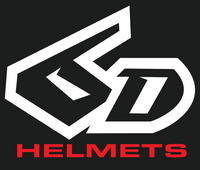
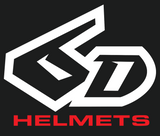
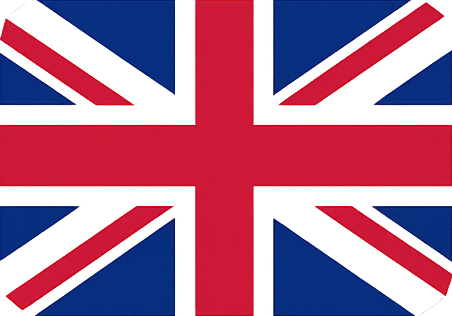 UK
UK
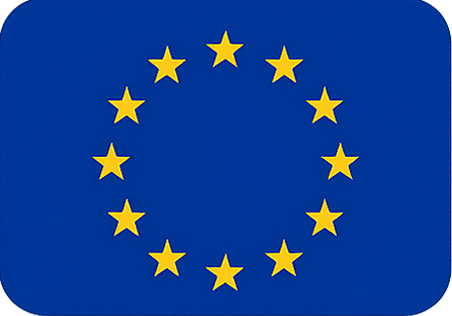 EU
EU


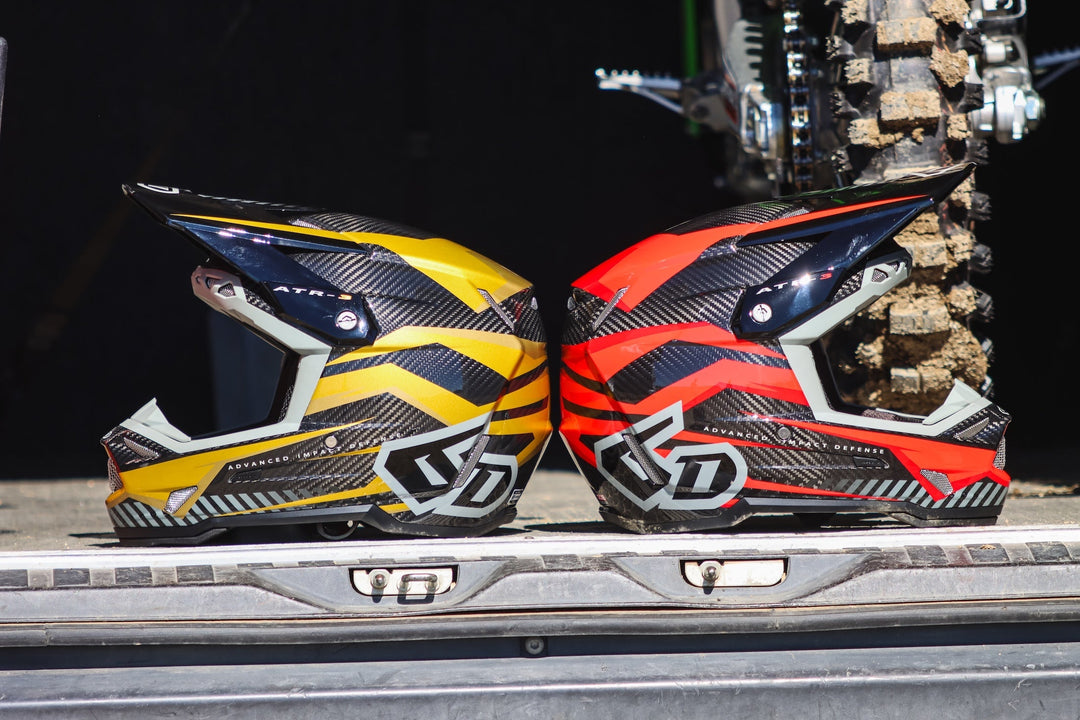
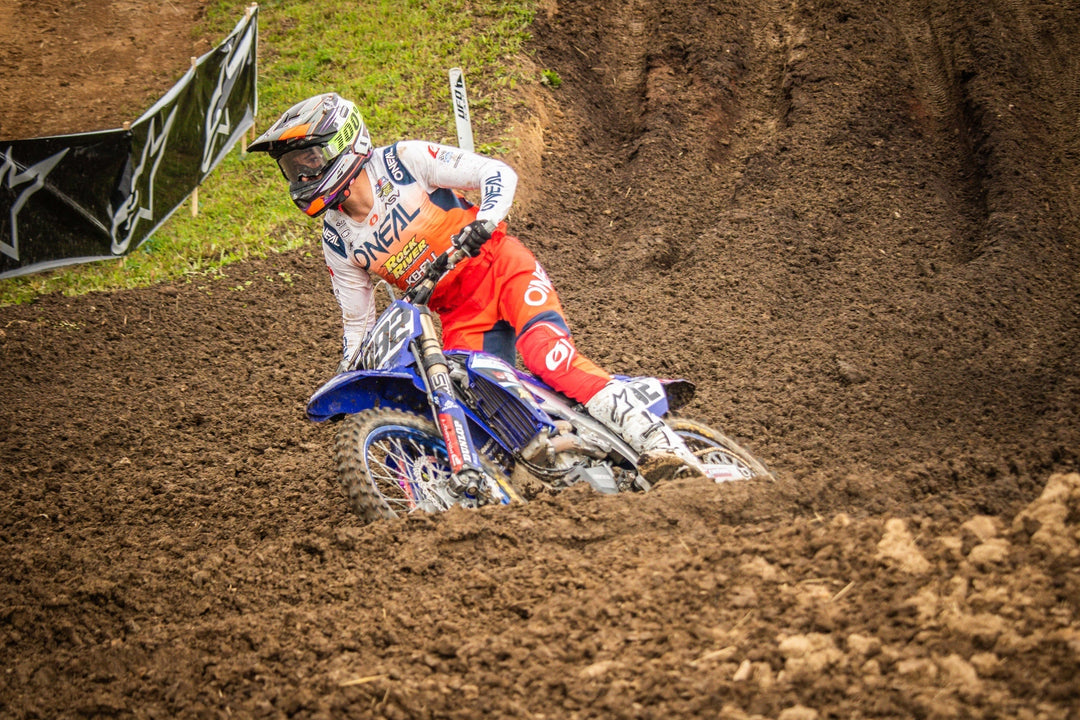
Leave a comment